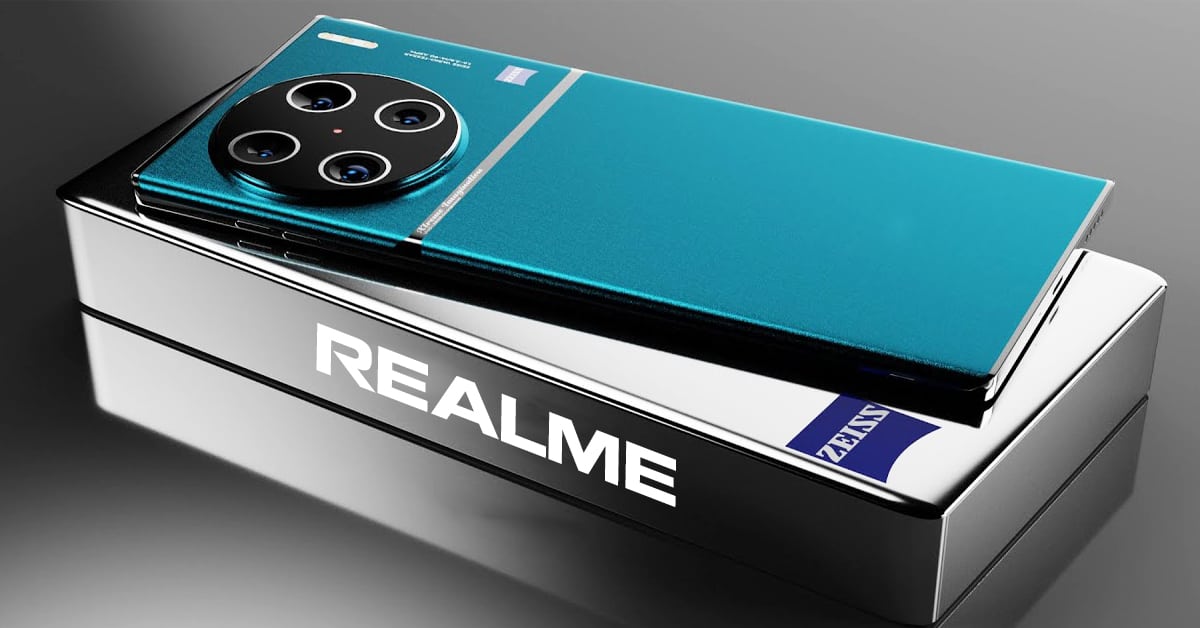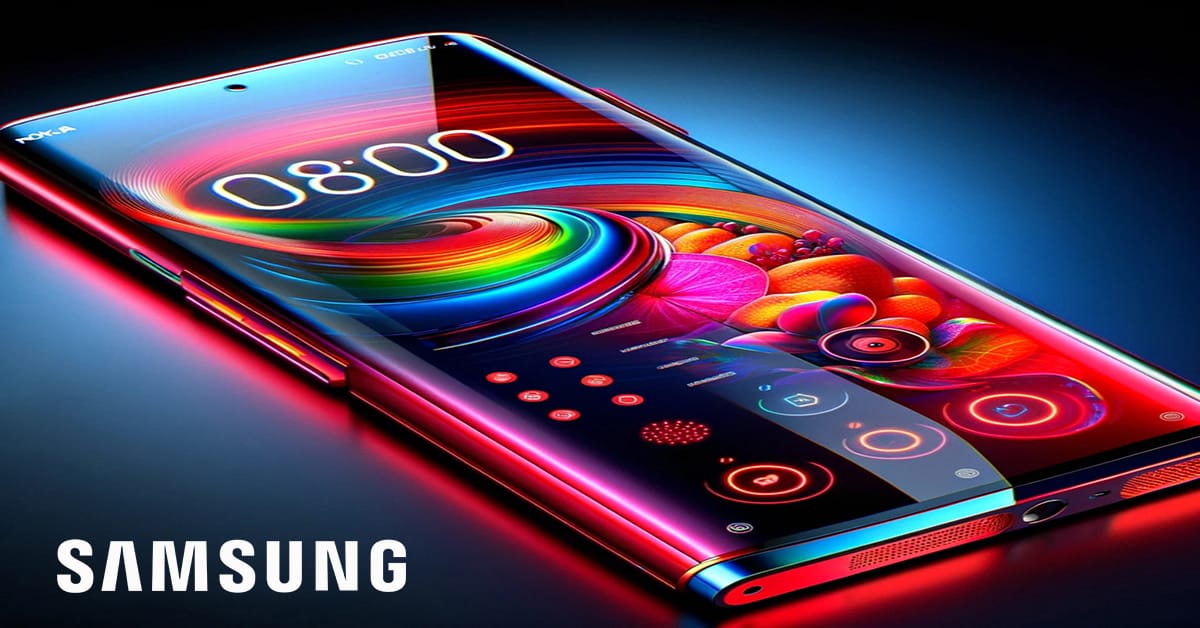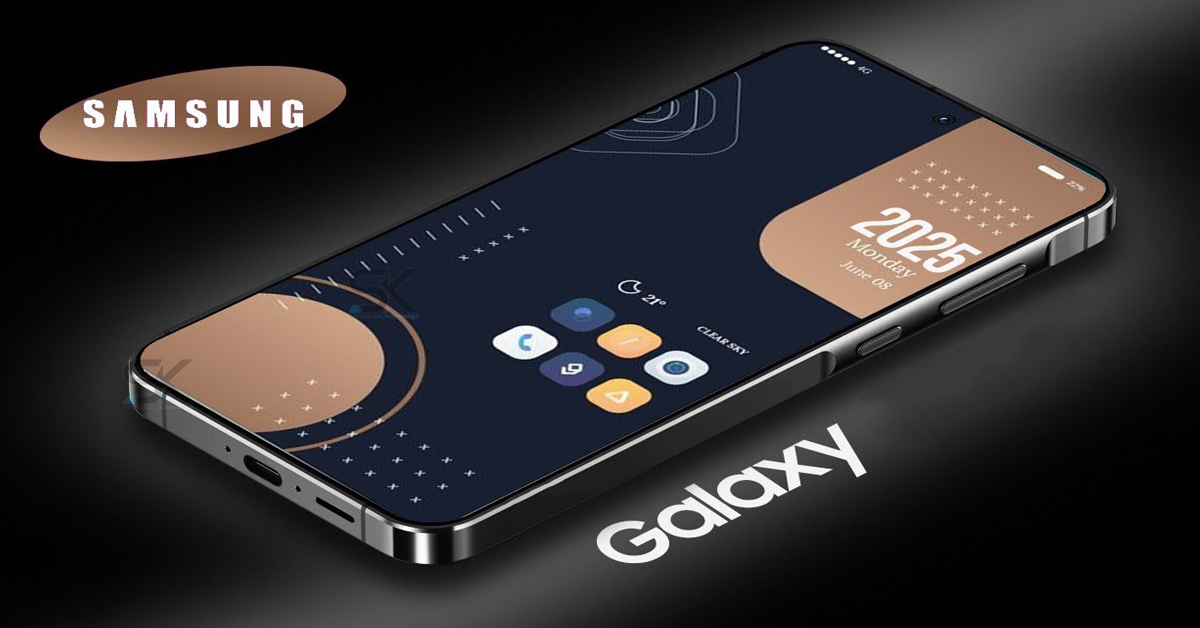Recent phone camera technologies: How do they work?
Camera has become very important for smartphones. With a good camera, your phone can take pictures as good as an expensive dedicated camera. Today, let’s see the 5 recent phone camera technologies, and learn how they work!

1. Phase Detection Auto Focus (PDAF)
Samsung Galaxy S5 may not be a successful Samsung flagship smartphone in terms of sales, but it also has many good things. With Galaxy S5, Samsung brought this feature from DSLR cameras to the smartphone world for the very first time. Since then, it has become somewhat a default feature for smartphone cameras. This is the first of 5 recent phone camera technologies.
Contrary to traditional “contrast” detection, phase detection allows the camera to focus much faster on objects, especially in low light conditions. The Phase Detect sensor is the one that tells the lens to make adjustments, while another sensor on the back of the camera is in charge of capturing the image. That makes the image very clear. This technology truly enhances your photos a lot.

2. Focus Pixels
Apple has usually has their own take on popular concepts, and this time it is not different. Focus Pixels is, in essence, Apple’s own version of phase detection. This technology allows light to come into the lens to determine which object should be focused on. The process is quite complicated, but the result is splendid: objects are focused on much faster, which is very useful very quick image capturing. This is one of 5 recent phone camera technologies, and it was first introduced with iPhone 6 and 6 Plus.
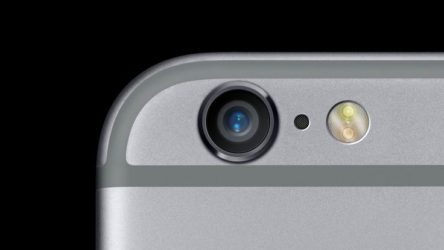
3. Laser Auto Focus
Next one on the list of 5 recent phone camera technologies is Laser Auto Focus. It was first introduced with LG G3, a flagship of LG at the time. This technology requires a smaller emitter aligning with the main camera at the back of the phone (now we know what those pieces of hardware next to the camera are!). It will emit a low-intensity infrared light, then the rays will bounce back to the lens to help with the focusing. Again, it’s quite complicated, but the result is marvelous: quick focusing, and clear pictures (it even goes up to HD quality!).
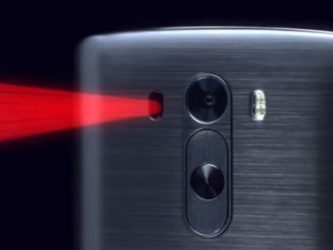
4. Infrared AF
At 2015 MWC expo, Lenovo managed to surprise everyone with their new camera phone Vibe Shot. This phone, aside from glass and aluminium build, 16MP OIS camera, and tricolor LED flash, also introduced the Infrared Auto Focus. In simple terms, it is an upgraded version of LG’s Laser AF, with the ability to focus much more accurately at 2x speed than normal AF variations. This also grants this technology a place on this list of 5 recent phone camera technologies.

5. Dual camera
The last on this list of 5 recent phone camera technologies is dual camera. We have heard this technology quite a lot recently, but it was first introduced with HTC One M8 and Honor 6 Plus. Basically, you can select the focus and aperture of an image after you have already captured it, which is very cool for photo editing. This feature can be found on a Lytro camera. Both cameras have their functions: the fixed focus one captures flat images with no depth, while the secondary one focus on nearby objects, thus making the pictures very rich and full of depth. This is not possible with one camera lens. This technology is the future of phone camera.

Recent phone camera technologies
So, those were 5 recent phone camera technologies. What is your favorite from this list? Which one does your phone have? Share with us your thoughts, and stay tuned for more interesting articles!
